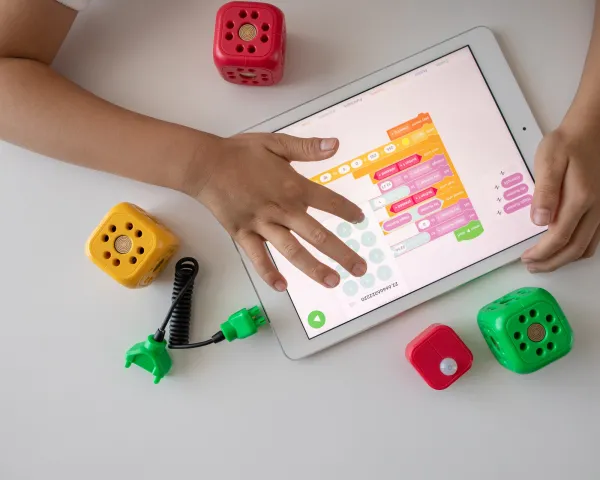Interest: Curiosity and engagement in STEM subjects

Are we creating environments and experiences that are engaging, inviting, accessible, and comfortable so young people feel they belong and want to participate in STEM? Interest is a measure of how well we have done at these tasks. Research shows that STEM interest tends to decline after elementary school. One reason for the drop may be the different ways young people engage with STEM skills and concepts at different ages, moving from more play-based and hands-on approaches in early years to more technical and clinical approaches later on.
Fast facts
Interest in science outside of school
Advanced coursework
Interest in STEM
Sparking interest
Although more than half of high school graduates demonstrate an interest in STEM, much smaller shares of Minnesota students enroll in advanced coursework or engage in STEM activities outside of school. We all have a role to play in generating and sustaining students' access to STEM activities and coursework.